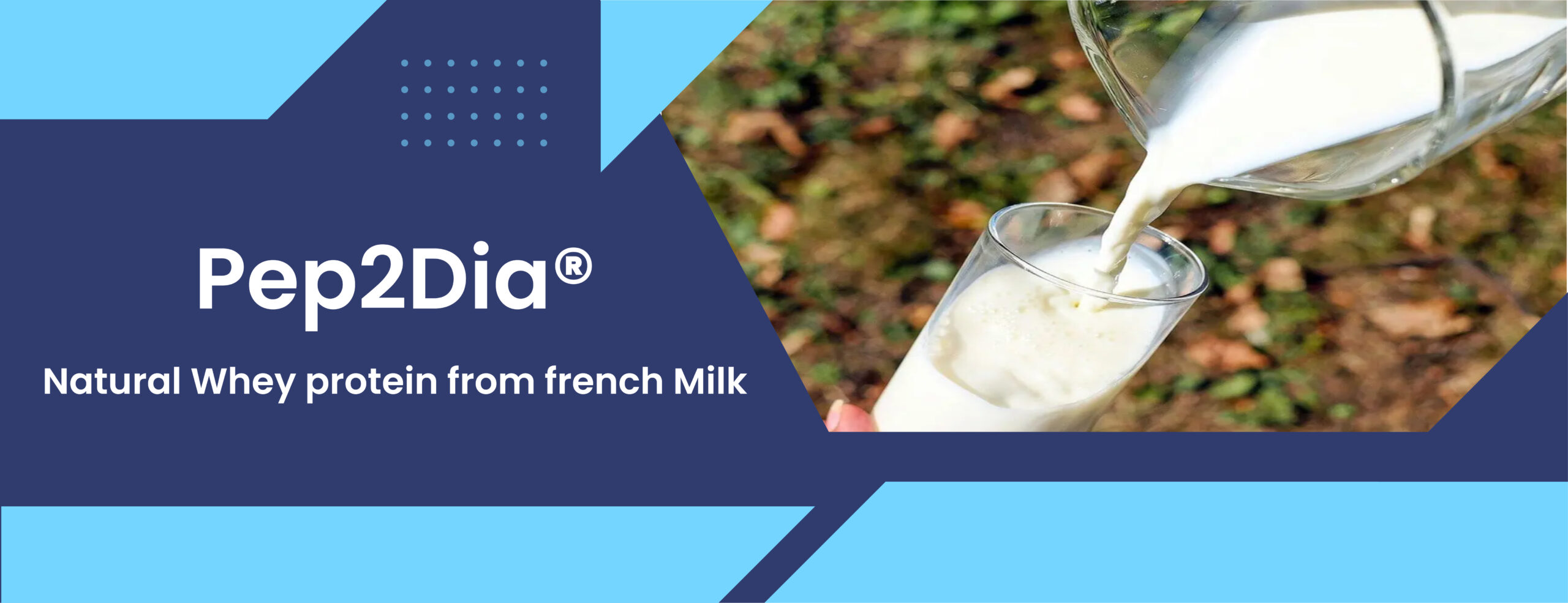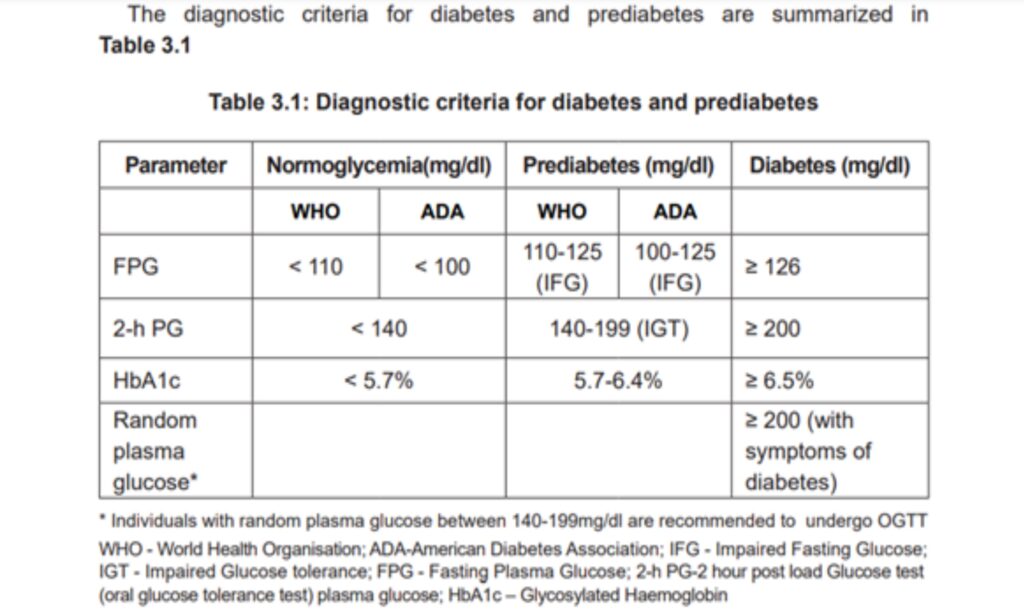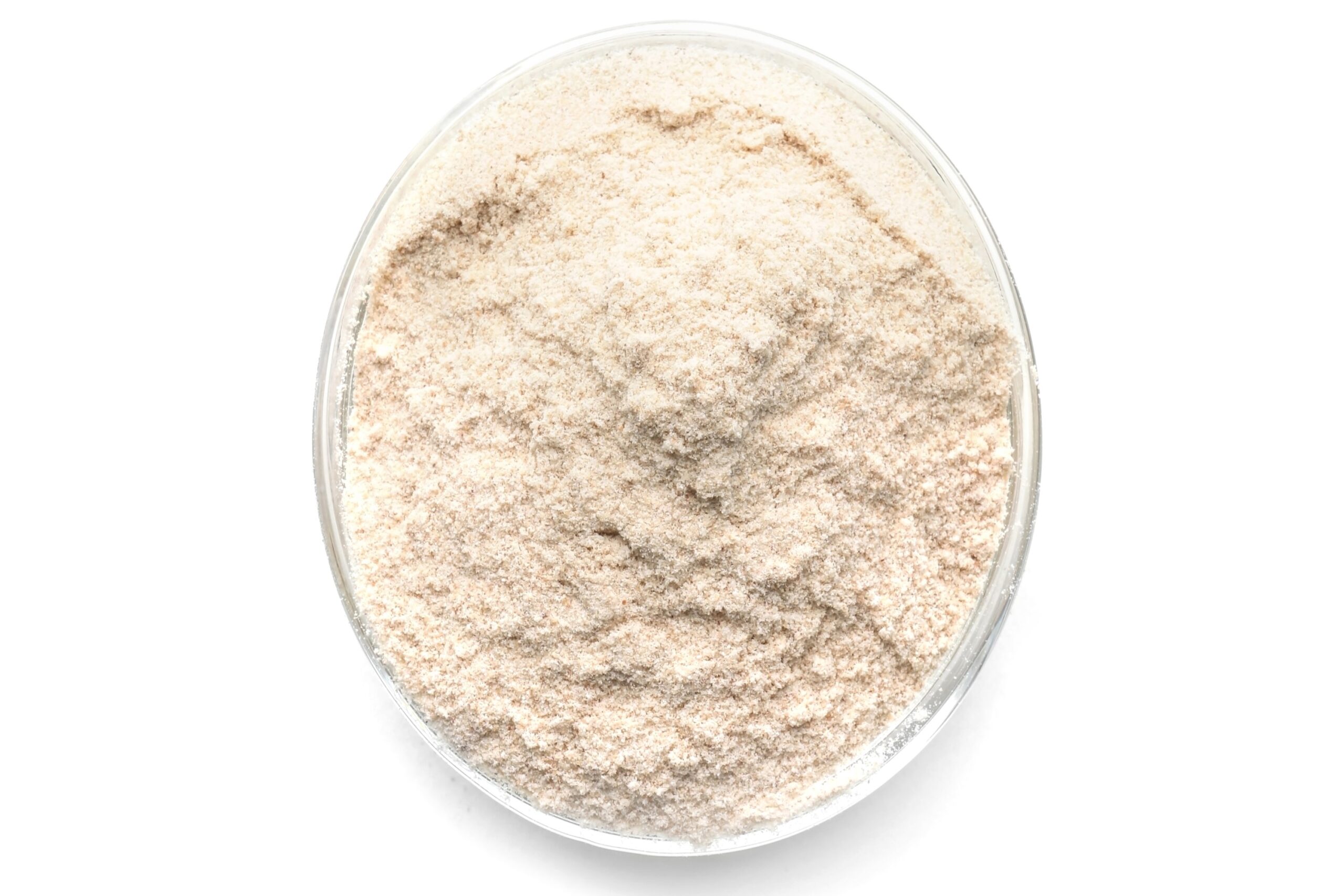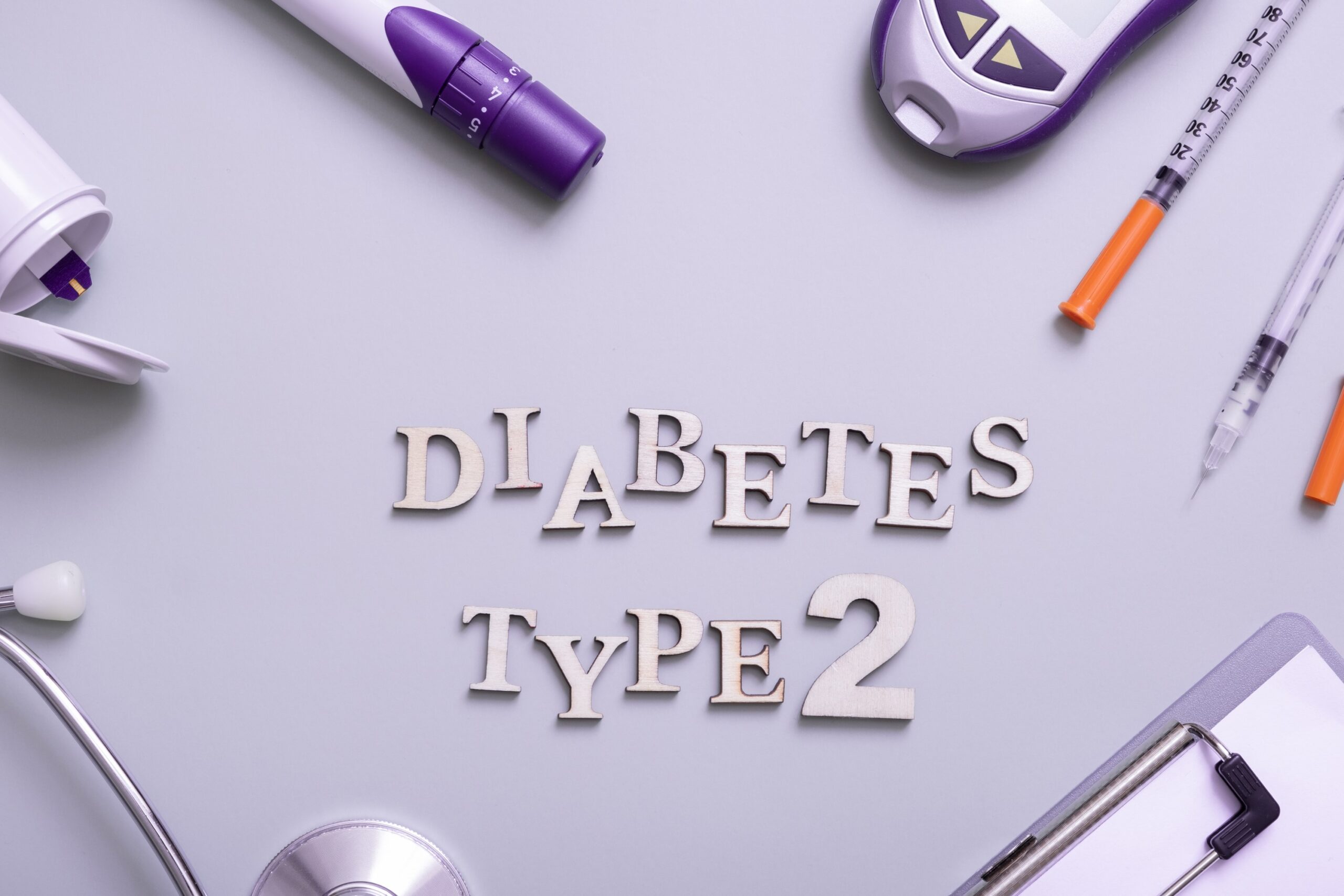
Background
Diabetes Mellitus
Diabetes mellitus is a significant public health issue that leads to high mortality rates and decreased life expectancy. The World Health Organisation (WHO) has included diabetes in the top 10 causes of death among adults, placing a heavy burden on public healthcare systems. The increasing prevalence of diabetes can be attributed to various factors such as sedentary lifestyles, aging, urbanization, unhealthy diets, and a rise in body mass index.
It is crucial to address this concerning rise in diabetes through interventions like nutrition and increased physical activity. Bioactive peptides and protein hydrolysates derived from food have shown potential health benefits, including antidiabetic effects. These substances can help lower blood glucose levels, enhance insulin uptake, and inhibit enzymes involved in the development and progression of diabetes.
In India, approximately 77 million adults suffer from type 2 diabetes, and around 25 million individuals are at a higher risk of developing diabetes in the future (prediabetics). More than 50% of people with diabetes are unaware of their condition, leading to health complications if left undetected and untreated. Adults with diabetes are two to three times more likely to experience heart attacks and strokes. Diabetic neuropathy (nerve damage) in the feet, combined with reduced blood flow, increases the risk of foot ulcers, infections, and the need for limb amputation. Diabetic retinopathy, caused by damage to the small blood vessels in the retina over time, is a significant cause of blindness. Diabetes is also a leading cause of kidney failure.
What is prediabetes?
Prediabetes is defined by the World Health Organization as a state of intermediate hyperglycemia, characterized by impaired fasting glucose (fasting plasma glucose of 6.1-6.9 mmol/l or 110 to 125 mg/dl) or impaired glucose tolerance (2-hour plasma glucose of 7.8-11.0 mmol/l or 140-200 mg/dl after ingesting 75 g of oral glucose), or a combination of the two based on an oral glucose tolerance test. The American Diabetes Association also includes an HbA1c level between 5.7 and 6.4 percent as well as impaired glucose tolerance of 140-200 mg/dl, with a lower cut-off value for impaired fasting glucose between 100 and 125 mg/dl.
A concerning finding from the National Urban Diabetes Survey, India indicates that 14% of the Indian population has prediabetes. Out of the global burden of 88 million prediabetic patients, 77 million are in India. Prediabetes is highly prevalent in the Southeast Asian region, with an epidemic rate of 8.9%. Individuals with prediabetes are more likely to experience premature morbidity compared to others, and approximately 2% of all deaths in India are attributed to prediabetes, according to the WHO.
Prediabetes is an early stage of diabetes characterized by elevated blood sugar levels that are higher than normal but not high enough to be classified as type 2 diabetes. In prediabetes, the pancreas secretes insulin, which is responsible for distributing sugar to the body’s cells. However, due to the increased sugar content in the blood, insulin secretion is reduced, leading to impaired pancreatic function.
Prediabetes can develop due to unhealthy lifestyle patterns, poor dietary habits, and genetic predispositions. Contrary to the myth that diabetes is not common among younger populations, the incidence of prediabetes among children, adolescents, and young adults has been alarmingly high over the past decade. Out of the total prevalence rate of 12.3% of prediabetes in the Indian population, about 8.4% affects adolescents and adults.
Origin of Innovation
The cheese-making process involves separating milk into two components: curd, which forms the solid part and becomes cheese, and whey, a liquid consisting of 95% water.
Whey, obtained from the cheese industry, is further processed into a protein concentrate. This concentrated whey protein, after dehydration and conversion into powder form, serves as a key ingredient in the production of numerous high-protein products.
Ingredia is a company specializing in the production and development of functional and nutritional dairy ingredients. With expertise in dairy-based solutions, Ingredia offers a wide range of products and solutions for various industries, including food, beverage, health, and nutrition.
The company focuses on providing high-quality and innovative dairy ingredients that cater to the specific needs of its customers. Their product portfolio includes ingredients such as dairy proteins, including whey protein concentrates and isolates, milk proteins, hydrolysates, and functional blends.
Researchers from Ingredia, leveraging their knowledge of dairy products, collaborated closely with researchers from La Rochelle University (CNRS). Their joint efforts led them to isolate a specific active dipeptide called Alanine-Proline from whey.
This is the origin of the Pep2Dia®, a patented milk hydrolysate designed to regulate blood sugar levels and prevent type 2 diabetes.
Based in Pas-de-Calais, northern France, Ingredia is a subsidiary of the Prospérité Fermière cooperative group and specialises in processing milk, particularly cracking milk.
Milk cracking is an industrial procedure that entails the separation and conversion of raw, unprocessed milk into multiple components or ingredients.
After three years of research and in partnership with the LIENSs laboratory, a multidisciplinary CNRS research team, and La Rochelle University, Ingredia launched a bioactive ingredient derived from milk proteins. It is a 100% French product made from cow’s milk from an integrated chain in the dairy area around the town of Arras. It is 100% natural and toxicity-free thanks to the gentle milk separation methods used.
The beneficial effects of Pep2Dia®, in particular the significant reduction in blood sugar levels after a meal high in sugar (up to 21%), have been demonstrated in a clinical trial on prediabetic patients, a phase that is a forerunner to type 2 diabetes.
Carbohydrate metabolism in the
human body
Macronutrients (carbohydrates, proteins and lipids) and micronutrients (minerals and vitamins) are essential for the proper functioning of the body and are provided through our nutrition.
Carbohydrates (sugars) provide vital energy for the body which will primarily burn calories to operate our basal metabolism (functioning of the body at rest for, among other things, breathing, heartbeat, brain function etc.). Consuming carbohydrates is therefore essential for good health.
There are two types of carbohydrates: complex carbohydrates (or sugars), which comprise large molecules devoid of sweet taste, and simple carbohydrates, small molecules which provide a sweet taste.
When we consume complex carbohydrates, or oligosaccharides, an enzyme in the intestine called alpha-glucosidase splits these complex sugars into simple sugar, glucose, to allow them to be assimilated into the body.
Once transformed, glucose can cross the wall of the intestine and circulate in the body via the bloodstream to provide the sources of energy necessary for the proper functioning of our bodies; this is our glycaemia (blood sugar level). So, glucose levels essential for our bodies vary naturally throughout the day, with a significant increase occurring just after meals as these are a source of carbohydrate intake.
Following the ingestion of carbohydrates, the body regulates blood sugar levels by producing insulin in the pancreas. This allows glucose to pass more easily into the cells and optimizes glucose storage in the liver as well as in muscles in the form of glycogen (the first energy reserve activated by the body). This whole mechanism helps lower blood sugar.
Dysfunction of blood sugar regulation in Prediabetics and Diabetics
Diabetes is a disorder in the absorption, use and storage of sugars from food. In people with diabetes, the pancreas does not make enough insulin or the body does not use it properly, which results in high blood glucose levels, called hyperglycaemia.
Left untreated, over time diabetes leads to serious damage to many organ systems, including the nerves and blood vessels, which can be fatal.
The concentration of glucose in the blood, or glycemia, is the first clinical indicator for diagnosing prediabetes or diabetes.
Normal fasting blood sugar values are between 0.6 g/l and 1 g/l. After a meal, blood sugar rises for one to two hours, not exceeding 1.4 g/l, and then returns to baseline levels within two hours.
Prediabetes is defined as higher-than-normal fasting blood sugar levels of between 1 g/l and 1.25 g/l. This is a time when the body activates the pancreas, which produces excess insulin to regulate blood sugar levels.

However, over a certain number of years (the time period varies according to the individual, but is estimated to be five 5 to 10 years), the system becomes exhausted and the pancreas produces less insulin, before ceasing production altogether. This is the diabetic status, with chronic hyperglycaemia that is dangerous for the body.
The preceding information allows us to understand how controlled blood sugar levels prevent prediabetics from becoming diabetic. Naturally helping the metabolism to better regulate blood sugar levels, and in particular hyperglycaemia is therefore essential in the treatment of prediabetes.
What is Pep2Dia?
Pep2Dia® is the first patented dairy hydrolysate for the prevention of type 2 diabetes containing an AP dipeptide (Alanine-Proline).It acts naturally on the main factors inducing diabetes and helps prediabetics to improve their health.
Mechanism of Action
Pep2Dia® is produced through the hydrolysis of milk protein (breaking it down into small parts). This hydrolysate contains an AP (alanine-proline) dipeptide which has the property of inhibiting alpha-glucosidase, the intestinal enzyme responsible for converting complex sugars into simple sugar (glucose).
So, Pep2Dia® makes it possible to reduce blood sugar content after a meal (postprandial glycaemia), including sweet meals such as breakfast.
Raw Material Format




